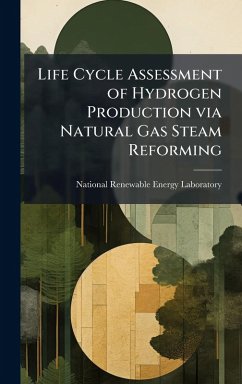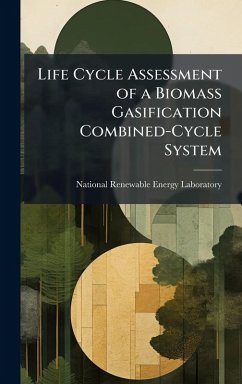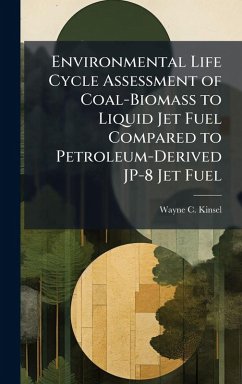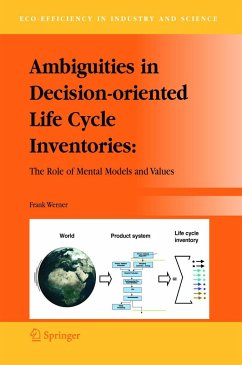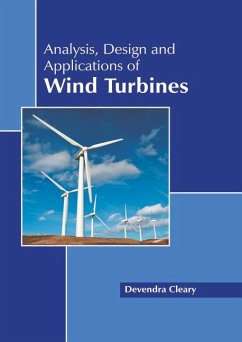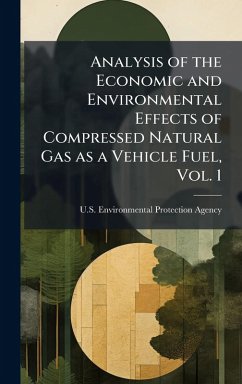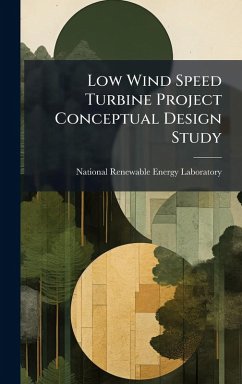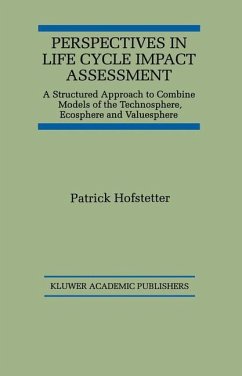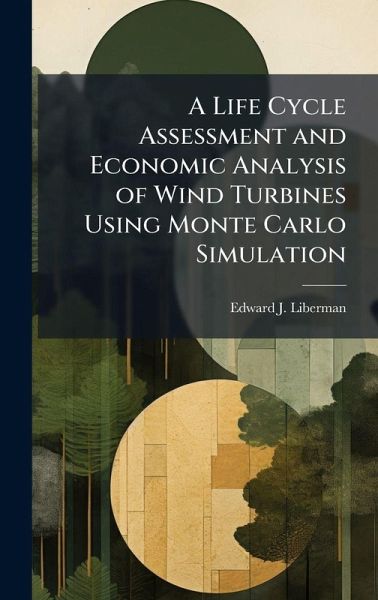
A Life Cycle Assessment and Economic Analysis of Wind Turbines Using Monte Carlo Simulation
Versandkostenfrei!
Versandfertig in über 4 Wochen
30,99 €
inkl. MwSt.
Weitere Ausgaben:

PAYBACK Punkte
15 °P sammeln!
The United States depends heavily on nonrenewable fossil fuels to generate electricity. Using renewable energy sources, such as wind, could reduce air emissions and fossil fuel dependency. Previous studies have examined the life cycle costs and environmental impacts of using wind to generate electricity, but results have varied due to inconsistent modeling assumptions. This research uses Monte Carlo simulation to conduct an economic payback analysis and life cycle assessment of 11 modern, utility-scale wind turbines. Hourly meteorological data was used to evaluate 239 U.S. locations. For each ...
The United States depends heavily on nonrenewable fossil fuels to generate electricity. Using renewable energy sources, such as wind, could reduce air emissions and fossil fuel dependency. Previous studies have examined the life cycle costs and environmental impacts of using wind to generate electricity, but results have varied due to inconsistent modeling assumptions. This research uses Monte Carlo simulation to conduct an economic payback analysis and life cycle assessment of 11 modern, utility-scale wind turbines. Hourly meteorological data was used to evaluate 239 U.S. locations. For each location, the wind turbine with the shortest median payback period was assumed to be the economically preferred turbine model. This simulation demonstrates that variance in the model output is primarily caused by differences in location-specific climate data (wind speed, air density). Depending on the location, the median economic payback periods ranged from 2 to 132 years. 41% of the locations had median payback periods less than 10 years, and 63% less than 15 years. Considering a typical turbine lifespan of 15-30 years, wind turbines are not economically viable at all locations. At locations with favorable wind resources, wind turbines are likely to be superior to electricity production using natural gas or coal. For the preferred wind turbine, the median life cycle energy intensities at all 239 locations ranged from 0.05-0.54 (KWh energy inputs/KWh outputs), compared to 2.3 for natural gas and 2.6-3.5 for coal-fired electricity generation. The median CO2 (eq) intensity values range from 13-156 g-CO2 (eq)/kWh for the preferred wind turbine, compared to 585 g-CO2 (eq)/kWh for natural gas and 757-1042 g-CO2 (eq)/kWh for coal-fired power plants. This work has been selected by scholars as being culturally important, and is part of the knowledge base of civilization as we know it. This work was reproduced from the original artifact, and remains as true to the original work as possible. Therefore, you will see the original copyright references, library stamps (as most of these works have been housed in our most important libraries around the world), and other notations in the work. This work is in the public domain in the United States of America, and possibly other nations. Within the United States, you may freely copy and distribute this work, as no entity (individual or corporate) has a copyright on the body of the work. As a reproduction of a historical artifact, this work may contain missing or blurred pages, poor pictures, errant marks, etc. Scholars believe, and we concur, that this work is important enough to be preserved, reproduced, and made generally available to the public. We appreciate your support of the preservation process, and thank you for being an important part of keeping this knowledge alive and relevant.



